Category: Development
News
- Articles from Policy & Internet
- Books
- Call for Papers
- Child Safety
- Collective Action
- Conferences
- Democracy
- Development
- Economics
- Education
- Environment
- Ethics
- Governance & Security
- Health
- Interviews
- Mapping
- Methods
- Policy
- Politics & Government
- Publications
- Social Data Science
- Submissions Closed
- Tools
- Video
- Wellbeing
-
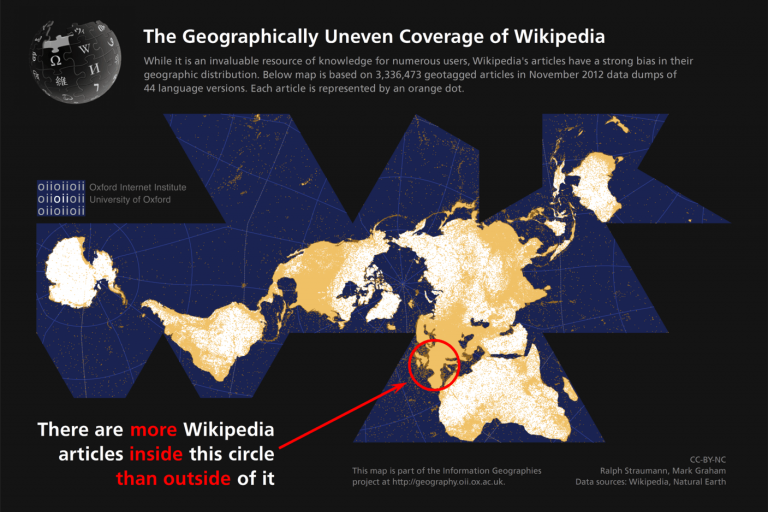
Why global contributions to Wikipedia are so unequal
—
in DevelopmentThe geography of knowledge has always been uneven. Some people and places have always been…
-
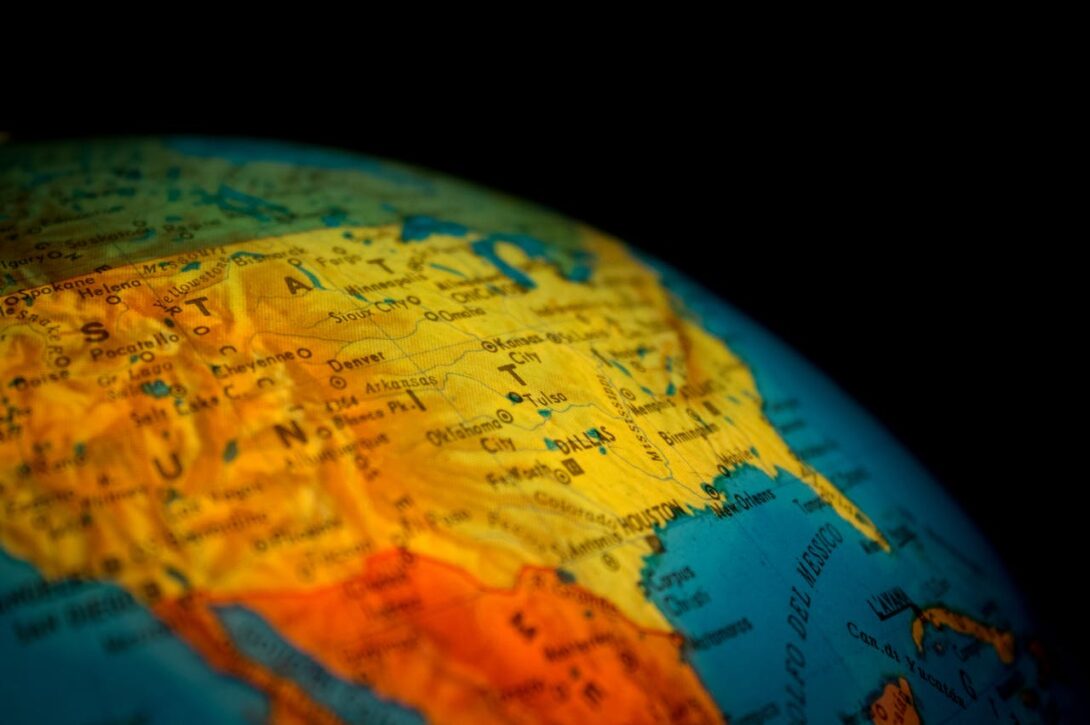
What explains the worldwide patterns in user-generated geographical content?
—
As geographic content and geospatial information becomes increasingly integral to our everyday lives, places that…
-

Geotagging reveals Wikipedia is not quite so equal after all
—
in DevelopmentWikipedia is often seen as a great equaliser. But it’s starting to look like global…
-

What is stopping greater representation of the MENA region?
—
Negotiating the wider politics of Wikipedia can be a daunting task, particularly when in it…
-
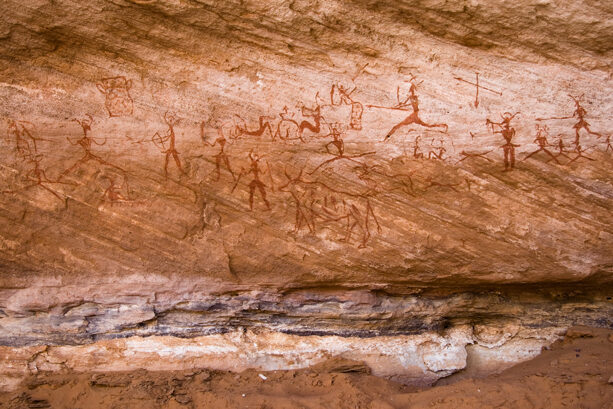
How well represented is the MENA region in Wikipedia?
—
There are more Wikipedia articles in English than Arabic about almost every Arabic speaking country…
-
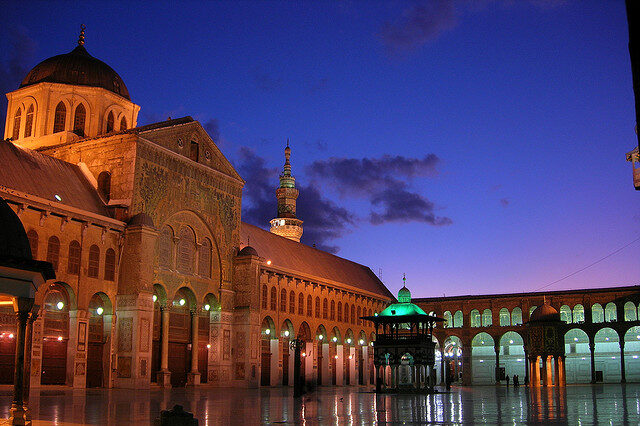
The sum of (some) human knowledge: Wikipedia and representation in the Arab World
—
Arabic is one of the least represented major world languages on Wikipedia: few languages have…
-
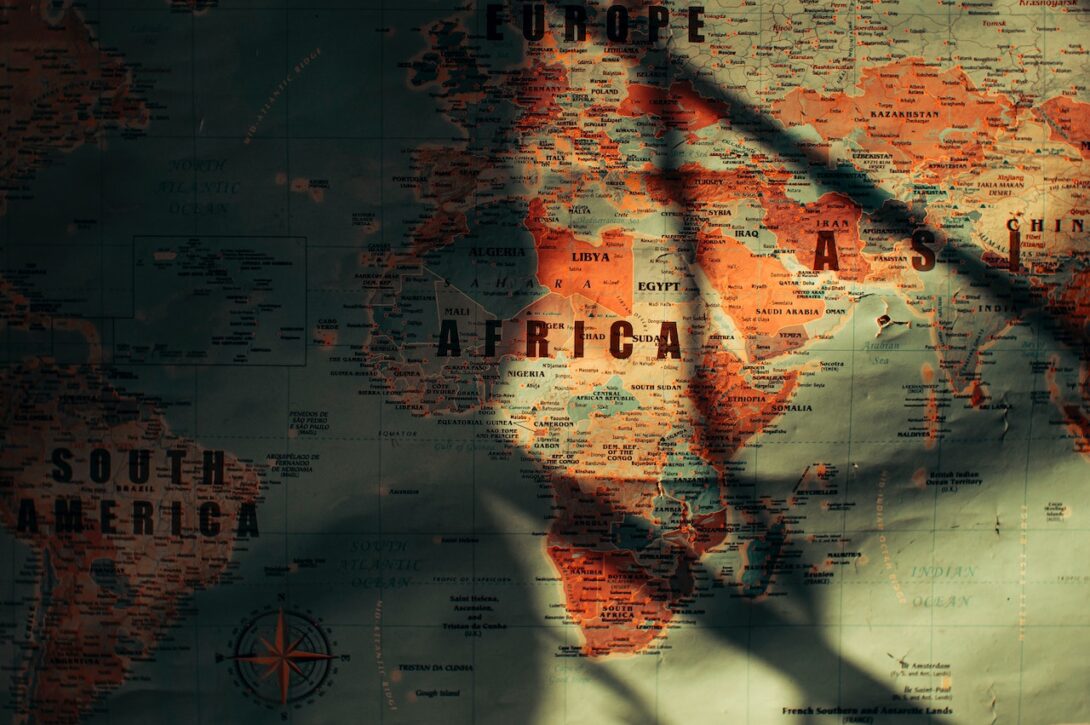
The economic expectations and potentials of broadband Internet in East Africa
—
Were firms adopting internet, as it became cheaper? Had this new connectivity had the effects…
-
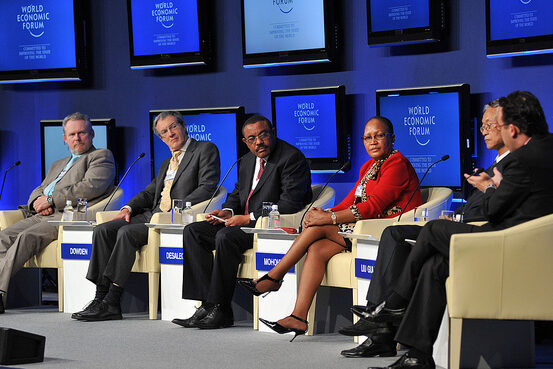
Is China shaping the Internet in Africa?
Concerns have been expressed about the detrimental role China may play in African media sectors,…
-
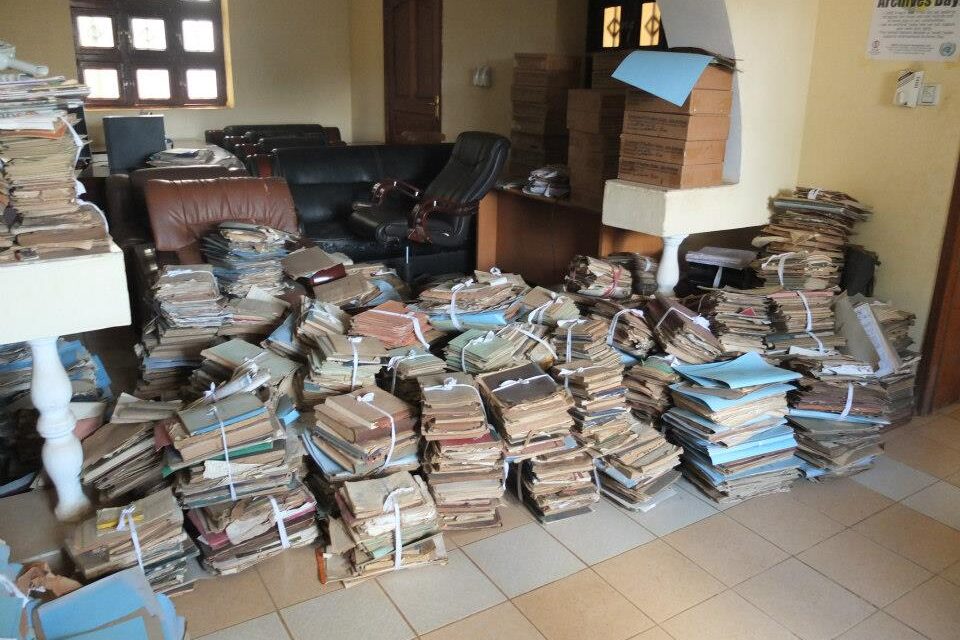
Seeing like a machine: big data and the challenges of measuring Africa’s informal economies
—
in DevelopmentIn a similar way that economists have traditionally excluded unpaid domestic labour from national accounts,…
-
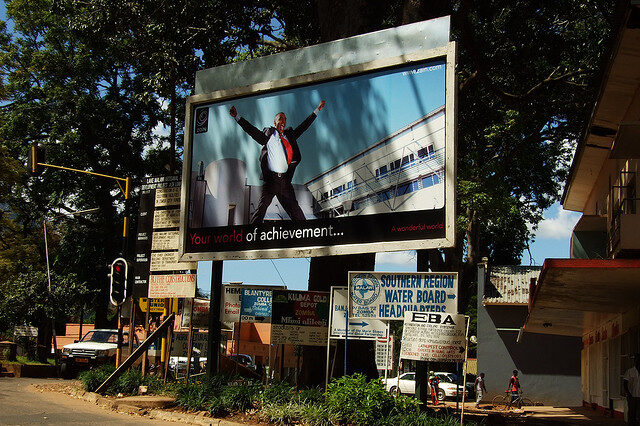
The scramble for Africa’s data
—
in DevelopmentAs Africa goes digital, the challenge for policymakers becomes moving from digitisation to managing and…
-
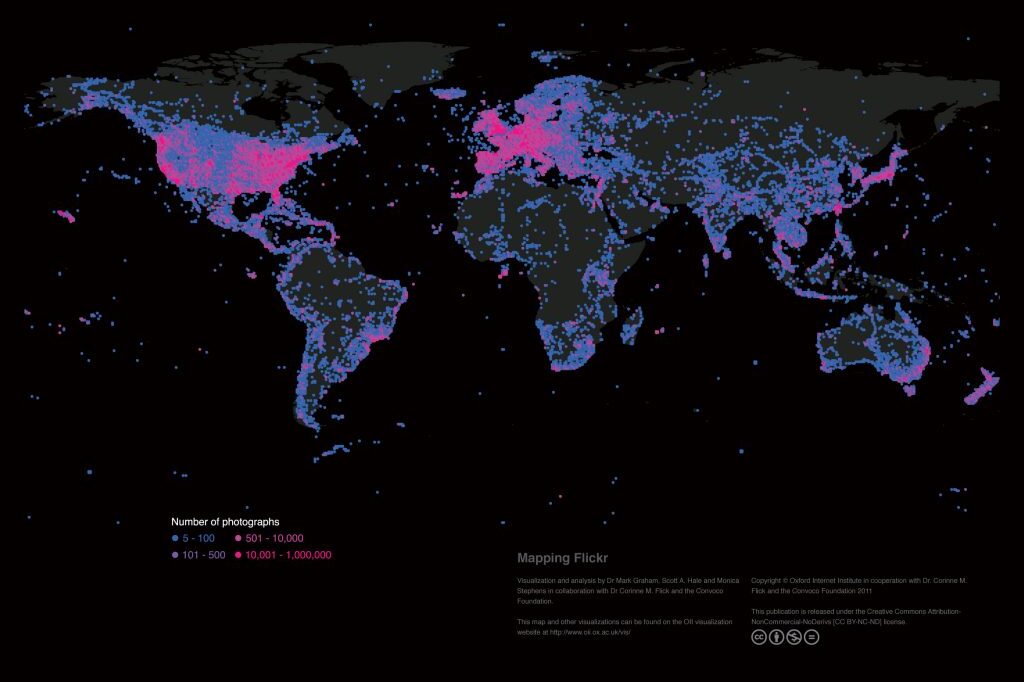
Mapping the uneven geographies of information worldwide
—
There are massive inequalities that cannot simply be explained by uneven Internet penetration. A range…
